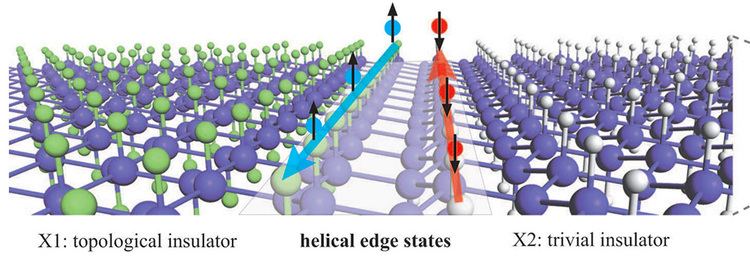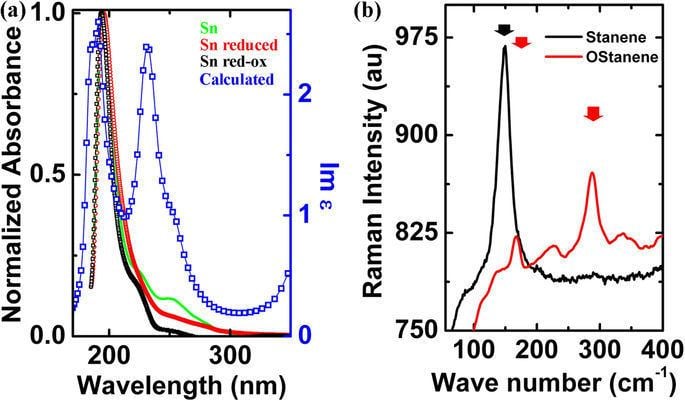 | ||
Stanene is predicted to be a 2D material and a 2D topological insulator. Stanene is composed of tin atoms arranged in a single, hexagonal layer, in a manner similar to graphene. Its name combines stannum (the Latin name for tin) with the suffix -ene used by graphene.
Contents

Stanene was theoretically predicted to be a 2D topological insulator in 2011, and its functionalized derivations as topological insulators were predicted in 2013. Both may display dissipationless superconductive currents at their edges near room temperature. The addition of fluorine atoms to the tin lattice could extend the operating temperature up to 100 °C. This would make it practical for use in integrated circuits to make smaller, faster and more energy efficient computers.

How to pronounce stanene
Synthesis

The synthesis and study of optical properties of stanene was claimed by researchers at the Indian Institute of Technology Bombay. Stanene synthesis was reported by a second group in 2015, using molecular beam epitaxy on a substrate of bismuth telluride. Theoretical research suggested Ag(111) surface may be a good substrate to grow stanene epitaxially.
Reactivity

First principle calculations have predicted that stanene is very reactive against common air pollutants such as NOx and COx and is able to trap and dissociate them at low temperatures.


